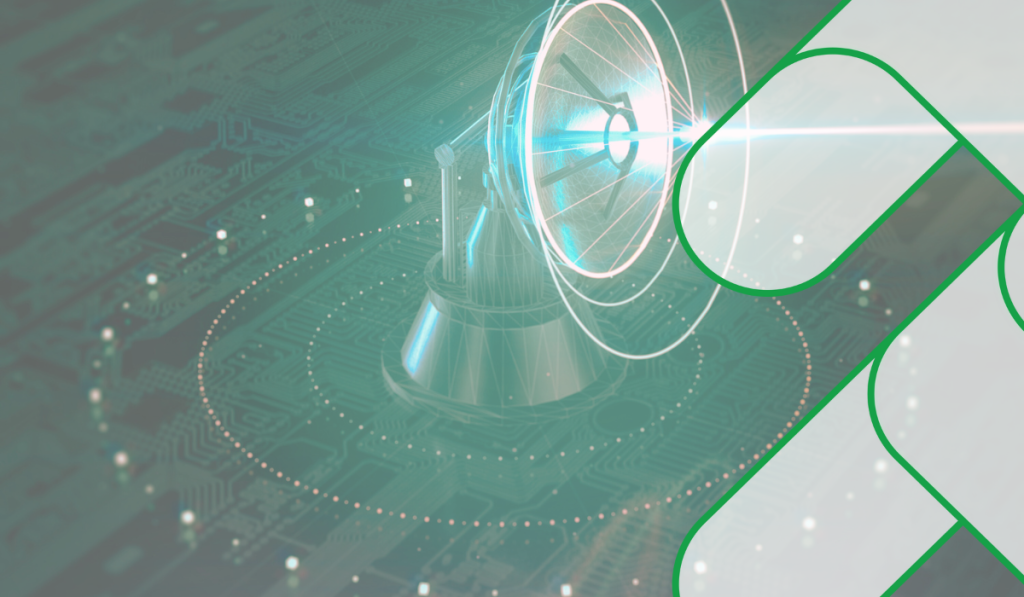
AI-Powered LiDAR: A New Era of Perception
How AI and ML enhance LiDAR technology by overcoming data processing challenges, enabling advanced applications in autonomous systems, robotics, and 3D mapping, and more.
The market for autonomous vehicles is expanding due to several factors, including developments in artificial intelligence (AI), sensor technology, networking, and the potential advantages of self-driving cars. Transportation, safety, and urban planning could all undergo significant changes as technology advances.
Lidar technology is the driving force behind this revolution. Light Detection and Ranging, or Lidar, is a cutting-edge sensing technology that has significantly progressed toward creating autonomous vehicles. Lidar technology is essential for developing self-driving capabilities since it gives a 3D perception of the surroundings with unmatched precision and accuracy.
This article will examine the role of Lidar technology in the development of autonomous vehicles. We will discuss Lidar use cases, current developments and advancements, challenges, and future potential for this technology in the automotive industry.
Lidar, an optical technology, is frequently mentioned as a crucial technique for autonomous cars to sense distance. Many companies are striving to create affordable, portable Lidar systems. Almost all manufacturers exploring autonomous driving view Lidar as a critical enabling technology, and specific Lidar systems are now accessible for Advanced Driver Assistance Systems (ADAS).
Lidar serves the role of a range device by producing a brief laser pulse and calculating the time difference between the outgoing and detected reflected light pulses to calculate the distance to a target. Scan mirrors and multiple laser beams are two techniques that can be used to scan the object space. Lidar is a flexible instrument that may address a range of issues because of its accuracy in distance measuring.
Lidar systems are essential for measuring scatter, absorption, or re-emission from airborne particles or molecules in remote sensing. These systems may use laser beams with specific wavelengths to satisfy particular needs. They can accomplish this by gauging the atmospheric concentration of molecular species like methane and aerosol loading. By measuring raindrops in the atmosphere, Lidar can also estimate the size of a storm and its rainfall rate.
Additionally, specific Lidar systems provide three-dimensional surface profiles of objects in space. The spectrum characteristics of the probing laser beams are not crucial to these systems. Instead, the laser beams’ wavelength may be selected to protect the eyes or to avoid ambient spectrum characteristics. A “hard target” is encountered by the probing beam, which is then reflected to the Lidar receiver to enable precise three-dimensional surface mapping.
Compared to other forms of sensing, such as radar and cameras, Lidar technology has several advantages. Lidar can provide precise perception by measuring an object’s distance, speed, and position. Lidar performs effectively in low-light or nighttime environments because it is not impacted by illumination conditions like cameras are. Furthermore, Lidar is preferable in situations requiring safety since it can identify transparent things.
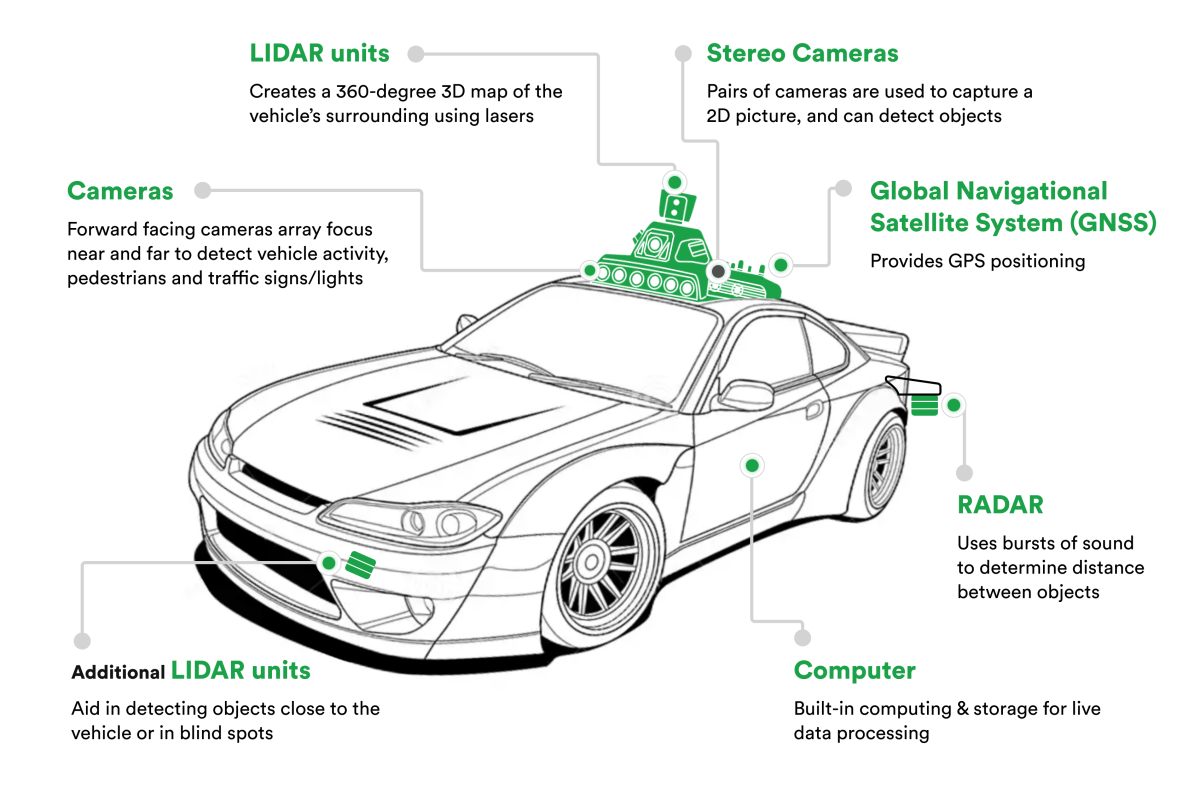
How Lidar is used in autonomous vehicles
There are many challenges with building autonomous vehicles. One significant obstacle is sensor fusion, which requires integrating data from numerous sensors such as Lidar, cameras, and radar to have a thorough picture of the surroundings. Each sensor has advantages and disadvantages. Thus, complex algorithms are required for precise perception.
Moreover, it is challenging for autonomous vehicles to function consistently in various settings due to the dynamic and unpredictable nature of real-world environments, which are influenced by weather, lighting, and road infrastructure. Prioritizing safety and reliability necessitate stringent validation, testing, and redundancy procedures to guarantee the system’s dependability, even in improbable edge cases.
Another critical challenge is real-time decision-making in uncertain and unpredictable situations, which requires the development of accurate algorithms that prioritize safety while abiding by traffic regulations and societal standards. In addition, regulatory frameworks and acceptance among consumers are essential for deploying autonomous vehicles, necessitating the modification of current regulations and fostering public confidence in this emerging technology.
Lidar technology helps in several ways to overcome these difficulties. First, it improves perception by providing high-resolution, 3D point cloud data of the surroundings in addition to camera and radar data. This accurate portrayal aids the perception system’s ability to make wise decisions. Second, Lidar enables precise localization by producing comprehensive maps that let vehicles pinpoint their locations. This localization is essential for path planning, navigation, and preserving lane position. To improve fleet coordination and overall navigation efficiency, Lidar’s 3D mapping capabilities make it possible to create highly accurate and updated maps that can be shared with other autonomous vehicles.
Additionally, Lidar’s real-time object tracking capability improves the car’s awareness of its surroundings, especially in challenging conditions like poor light or bad weather, making it essential for anticipating the movements of other vehicles, bicycles, and pedestrians. Lastly, Lidar adds a layer of redundancy to the sensor suite, guaranteeing that the vehicle can keep running smoothly even if other sensors have problems or malfunction, increasing safety and dependability.
Many vital applications for autonomous cars involve the use of Lidar technology. First, Lidar sensors are excellent at detecting and precisely identifying things such as moving cars, stationary objects, stationary pedestrians, stationary cyclists, stationary road signs, and stationary obstructions. The ability to understand its environment and make informed judgments is enabled by this crucial knowledge. Second, Lidar-based localization methods, such as Simultaneous Localization and Mapping (SLAM), are essential for allowing autonomous vehicles to accurately establish their position and orientation concerning the surroundings, which is vital for successful navigation and path maintenance.
Lidar-generated 3D maps also provide:
Real-time obstacle recognition capabilities provided by Lidar are crucial for obstacle avoidance, enabling the car to quickly take evasive action to prevent crashes and guarantee passenger safety. Finally, autonomous vehicles equipped with Lidar can achieve efficient fleet coordination by exchanging mapping data with other cars, enabling better communication and coordination, and ultimately lowering congestion.
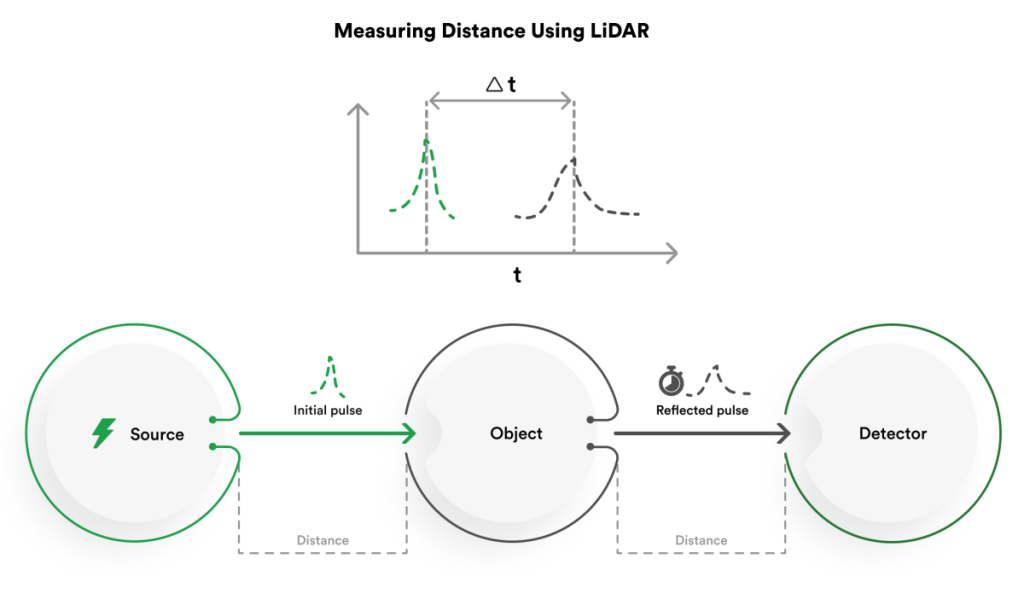
Lidar technology has advanced significantly recently, adopting cutting-edge technologies and trends to improve its accuracy, speed, and overall performance. Solid-state Lidar is one significant development in Lidar technology that has dramatically increased sensor precision, resolution, and detection range. The transceiver market also utilizes photonic integrated circuit technology, which promises next-generation, affordable, and small Lidars, especially for driverless vehicles. Processing Lidar data using entirely cloud-based infrastructures has been automated, resulting in quicker turnaround times and more flexibility between field and office operations.
The dually modulated photonic-crystal laser (DM-PCSEL), which has the potential to make Lidar systems even more accurate and dependable, is another notable discovery. These developments can potentially revolutionize several industries, including autonomous navigation, construction, mining, and agriculture, while achieving vital goals of cost reduction, accuracy improvement, and efficiency improvement, fueling the ongoing growth and development of Lidar applications.
Several companies have introduced cutting-edge Lidar sensors and systems designed especially for self-driving cars. These sensors operate at previously unheard-of performance levels because of advanced semiconductor technology, new laser sources, and sophisticated data processing algorithms.
Valeo Scala® Lidar: The Valeo Scala® Lidar sensor exhibits flexibility in all lighting conditions, including extreme settings with excessive brightness or total darkness. It is a third-generation Lidar technology. It can also determine stopping distances by detecting the density of raindrops. To protect passengers, pedestrians, bikers, and other road users, this Lidar technology is built into self-driving automobiles.
The Complete Sensor Portfolio from Bosch for Autonomous Driving: Bosch has revealed intentions to create long-range Lidar sensors, the first Lidar system appropriate for autonomous driving. This cutting-edge sensor is designed to collaborate with cameras and RADAR sensors for full object recognition and situational awareness for autonomous vehicles.
Lidar sensor integration in autonomous vehicle platforms: To build complete perception systems, Lidar sensors are frequently combined with other sensor technologies like cameras, RADAR, and GPS. This combination of sensors improves the environmental awareness of autonomous vehicles, making driving safer and more effective.
The most recent developments in Lidar enable autonomous cars with improved precision, quicker reaction times, and higher reliability. These advancements are essential for assuring the effectiveness and safety of self-driving cars, bringing us closer to a time when all transportation is automated.
There are many obstacles and challenges in the Lidar industry for autonomous vehicles. The market is becoming more complex due to the numerous technologies’ quick development, making it necessary to address connected issues. Weather circumstances present significant challenges since they can impair Lidar systems, especially when confronted with white objects. Adverse weather conditions include fog, rain, snow, and direct sunlight. In the past, there have been questions about the cost and power efficiency of Lidar systems due to the high costs per car. However, improvements in cost-effectiveness and power efficiency have been accomplished. The range and perception capacities of Lidar systems, which must be sufficient to precisely detect and measure objects in the environment as their precision influences the safety of autonomous vehicles, are another crucial feature.
Another challenge in creating a coordinated and efficient sensor system is the integration of Lidar with other sensors, including radar, cameras, IMUs, and ultrasonic sensors. Despite these challenges, Lidar technology has enormous potential for self-driving cars. Manufacturers of automobiles and lasers continually spend money on R&D to solve these problems and enhance the precision and security of Lidar systems.
Safety organizations and regulatory agencies are keenly examining technology as driverless vehicles become a reality. Before mass use, it is essential to ensure Lidar’s safety, dependability, and standardization.
Lidar technology poses several regulatory and safety issues, including adherence to safety standards and guidelines established by groups like the International Electrotechnical Commission (IEC) and the American National Standard Institute (ANSI). Another significant issue is privacy, especially in innovative city applications where data collecting is not adequately regulated to protect individuals’ privacy and sensitive personal information. Compared to the perception systems based on cameras frequently used in smart cities, Lidar technology can help allay these worries.
When employing Lidar, proper laser safety precautions are also essential because the pulsed light beam can be dangerous if not handled properly. By finding safe areas and assessing potential geologic risks, Lidar’s use in energy infrastructure also significantly improves public safety. Addressing these regulatory and safety issues is crucial to enable the appropriate and secure application of Lidar technology.
Because of its adaptability, Lidar technology can be used in various fields besides autonomous cars. It uses robotics, forestry, planning, environmental monitoring, archaeology, meteorology, geological surveys, disaster management, and autonomous flying vehicles. Lidar’s capacity to deliver exact 3D spatial data helps boost productivity, security, and accuracy in these domains.
Next-generation autonomous vehicle development is significantly made more attainable by Lidar technology. It is essential for self-driving automobiles due to its high-resolution 3D mapping, accurate perception, and localization abilities.
Lidar technology will continue to be an essential tool in guaranteeing the safety and functionality of autonomous vehicles as they move closer to being widely adopted. Lidar’s performance will improve thanks to ongoing developments and breakthroughs, making autonomous driving a safer and more practical reality.
Working with custom automotive software development companies can benefit organizations wanting to integrate Lidar technology into their autonomous vehicles. These specialists can provide customized solutions that seamlessly integrate Lidar into the car’s overall independent system, accelerating the transition to a safer and more effective autonomous future.

How AI and ML enhance LiDAR technology by overcoming data processing challenges, enabling advanced applications in autonomous systems, robotics, and 3D mapping, and more.
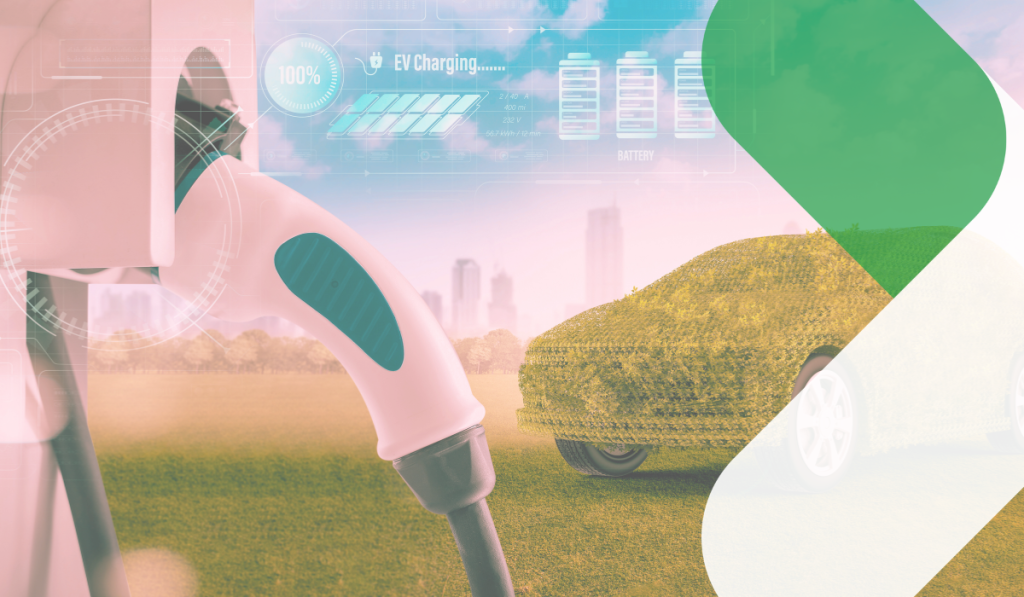
Offering insights into how the latest AI advancements will impact consumers, manufacturers, and the broader environment in 2025 and beyond.
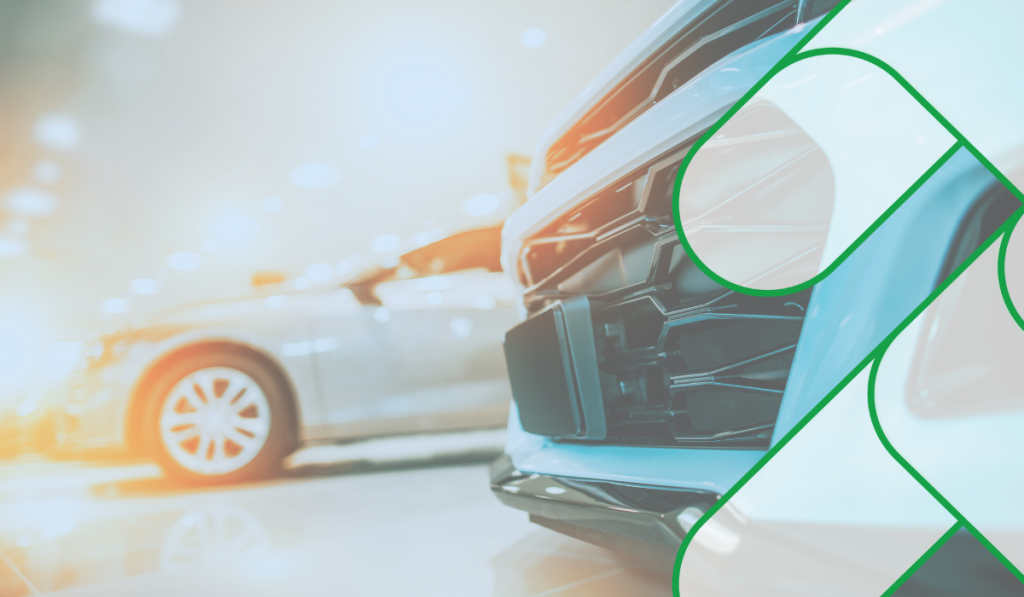
Showcasing the environmental and economic benefits of integrating sustainable materials and robust recycling practices into the automotive value chain.
Copyright © 2023 rinf.tech. All Rights Reserved.
Terms & Conditions. Cookie Policy. Privacy Policy.
Politica Avertizari de Integritate (RO)